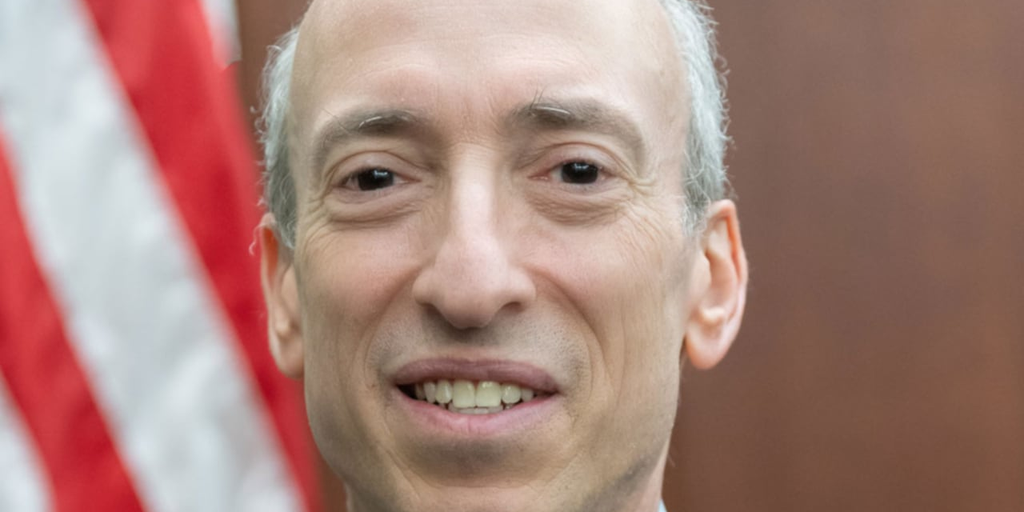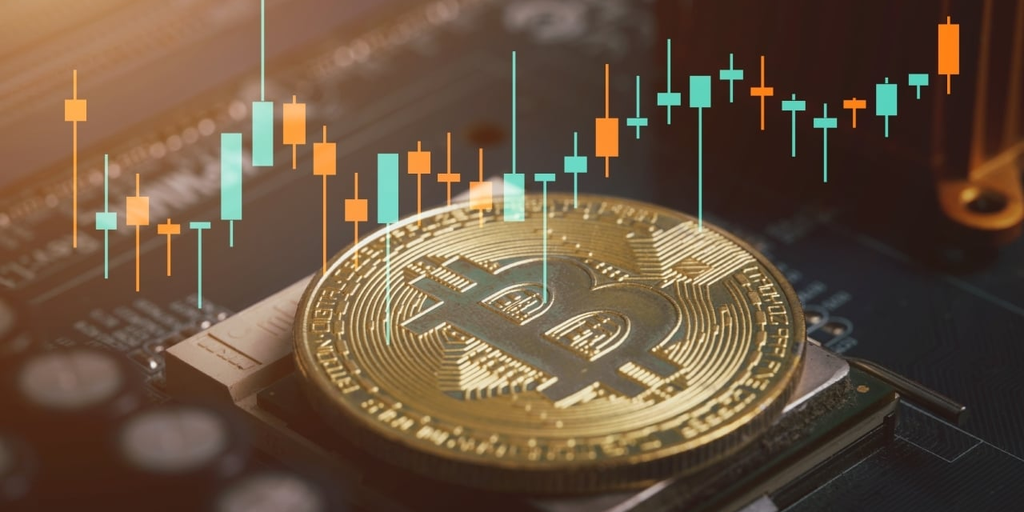According to a report in The New York Times, four accounts—Fredi9999, Theo4, PrincessCaro, and Michie—are linked to this trader. Company representatives noted that their investigation revealed no signs of market manipulation, as the trader deliberately spread his bets across smaller positions to avoid impacting the market. The individual reportedly made these trades based on personal predictions about the 2024 U.S. presidential election, and Polymarket emphasizes that the platform’s election odds are in line with competitors.
But is Polymarket being rigged to boost Trump’s chances, or is he just the people’s favorite? A recent Wall Street Journal report suggested that Trump’s rising odds on Polymarket might have been artificially inflated by a small group of bettors. His odds of defeating Vice President Kamala Harris have surged to 64% on Polymarket, despite most polls showing a close race, with Harris even slightly ahead. The last time Trump and Harris were tied on the platform was way back on October 4th.
Source: Polymarket
Miguel Morel, CEO of Arkham Intelligence, told the WSJ there’s strong evidence the accounts are controlled by the same entity. Economist Rajiv Sethi, who previously identified market manipulation during Mitt Romney’s 2012 presidential campaign, echoed these concerns, saying, “If I were trying to manipulate a market, this is exactly how I would do it.”
Crypto investor and “Never Trumper” Adam Cochran speculated this might be a strategic move to set the stage for future claims of a “stolen election” if Trump loses. Political strategist Tom Bonier, a senior adviser at TargetSmart, believes these bets could be part of a larger effort to reinforce Trump’s image as a strong candidate. Bonier told *Fortune*, “If the public perceives Trump as losing, his image of strength—and consequently his support—could crumble.”
Some argue that prediction markets like Polymarket, which can incorporate insider information, improve accuracy, despite potential manipulation. Analyst Nic Carter noted that it’s unlikely just one trader is responsible for manipulating Trump’s odds, pointing out that most betting platforms are offering similar odds for Trump. According to Carter, the real divide is between betting markets, which favor Trump, and press-driven models that lean toward Harris.
Other prediction markets are showing similar trends. Kalshi founder Tarek Mansour argued that Polymarket’s odds are legitimate and reflect real market sentiment. Kalshi’s data, which comes from a U.S.-only platform, corroborates Polymarket’s odds, showing Trump with a comfortable lead over Harris.
Critics argue that prediction markets like Polymarket are less accurate than traditional polls, as they may reflect speculative bets rather than grounded analysis. Supporters, however, maintain that these markets, driven by financial incentives, offer a more accurate gauge of election sentiment than polls alone.
Nate Silver’s Gut Says TrumpMeanwhile, in the New York Times, Polling expert Nate Silver shared that his instincts lean toward Donald Trump winning the next presidential election. Silver, founder of FiveThirtyEight, highlighted that his model shows a near-even race between Trump and Vice President Kamala Harris, essentially a 50-50 scenario.
Despite this tight race, Silver admitted that people often ask him what his “gut” says. In a New York Times essay, he responded, “So OK, I’ll tell you. My gut says Donald Trump. And I suspect many nervous Democrats feel the same.”
However, Silver was quick to caution readers against putting stock in anyone’s gut feelings — including his own. He emphasized that a 50-50 prediction should be taken at face value, adding that the odds could swing in either candidate’s favor, making any assumption unreliable.
Silver, a statistician famous for accurately forecasting 49 of 50 states in the 2008 election and all 50 in 2012, gained further credibility for assigning Donald Trump a 29% chance of winning in 2016—one of the higher probabilities at the time. His 2020 model correctly favored Joe Biden as the winner.
In his article, Silver also dismissed the “shy-voter theory,” which suggests some Trump supporters might hide their true preference to avoid social backlash. He ended with a bold prediction: there’s roughly a 60% chance that one candidate will dominate by winning at least six of seven key battleground states.
Classic Silver—hedging with data, but always leaving room for the unexpected.
















